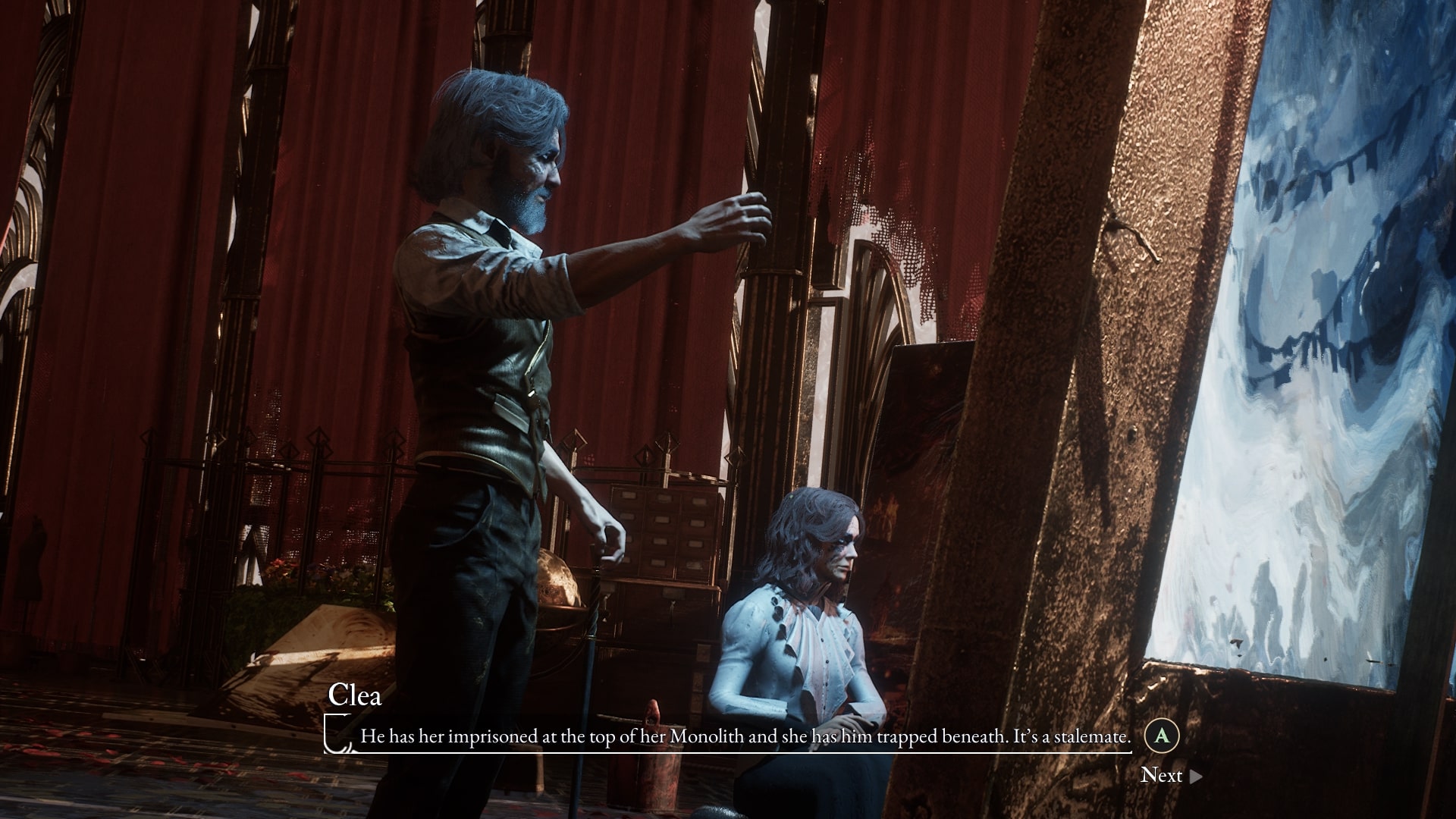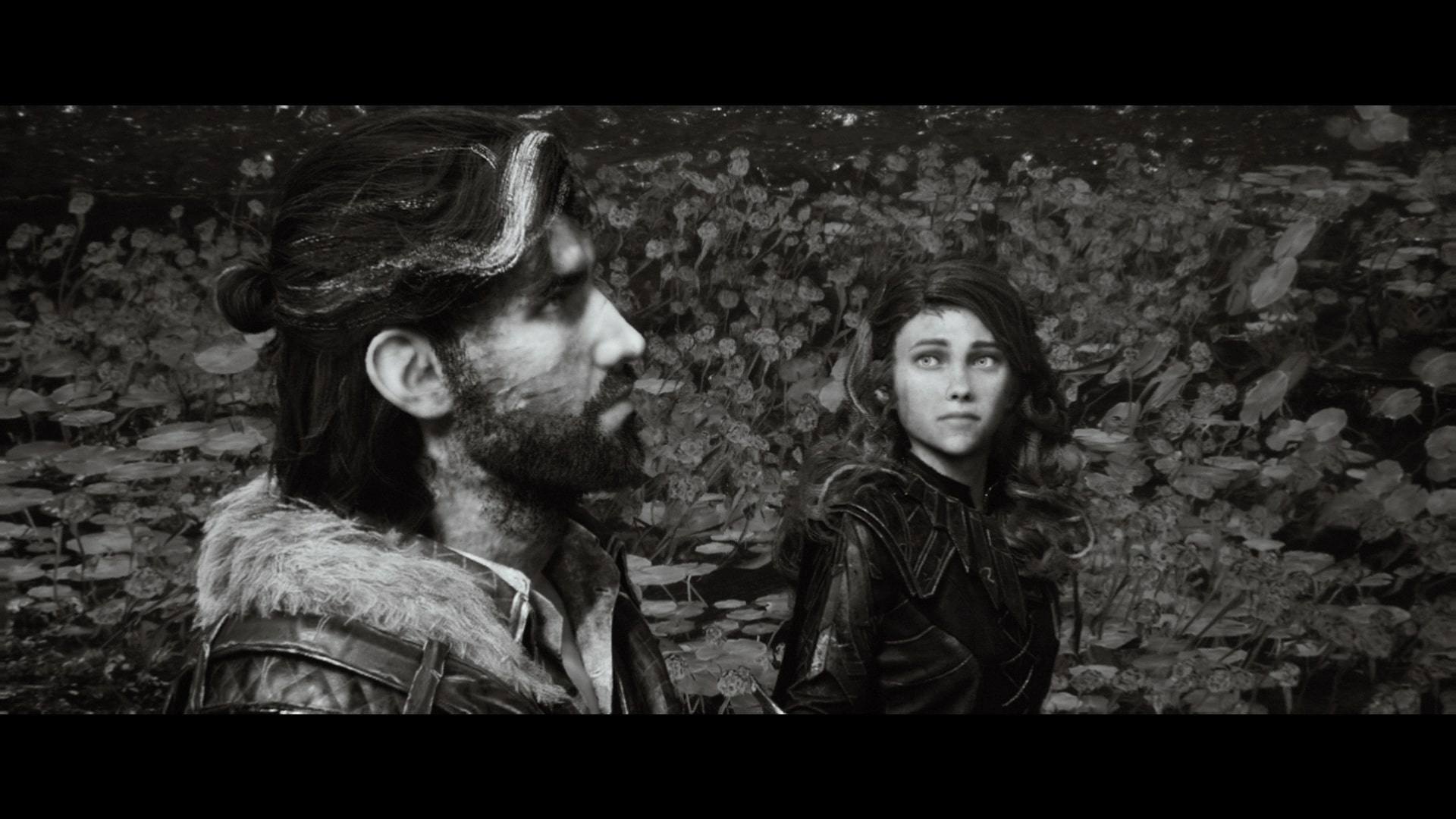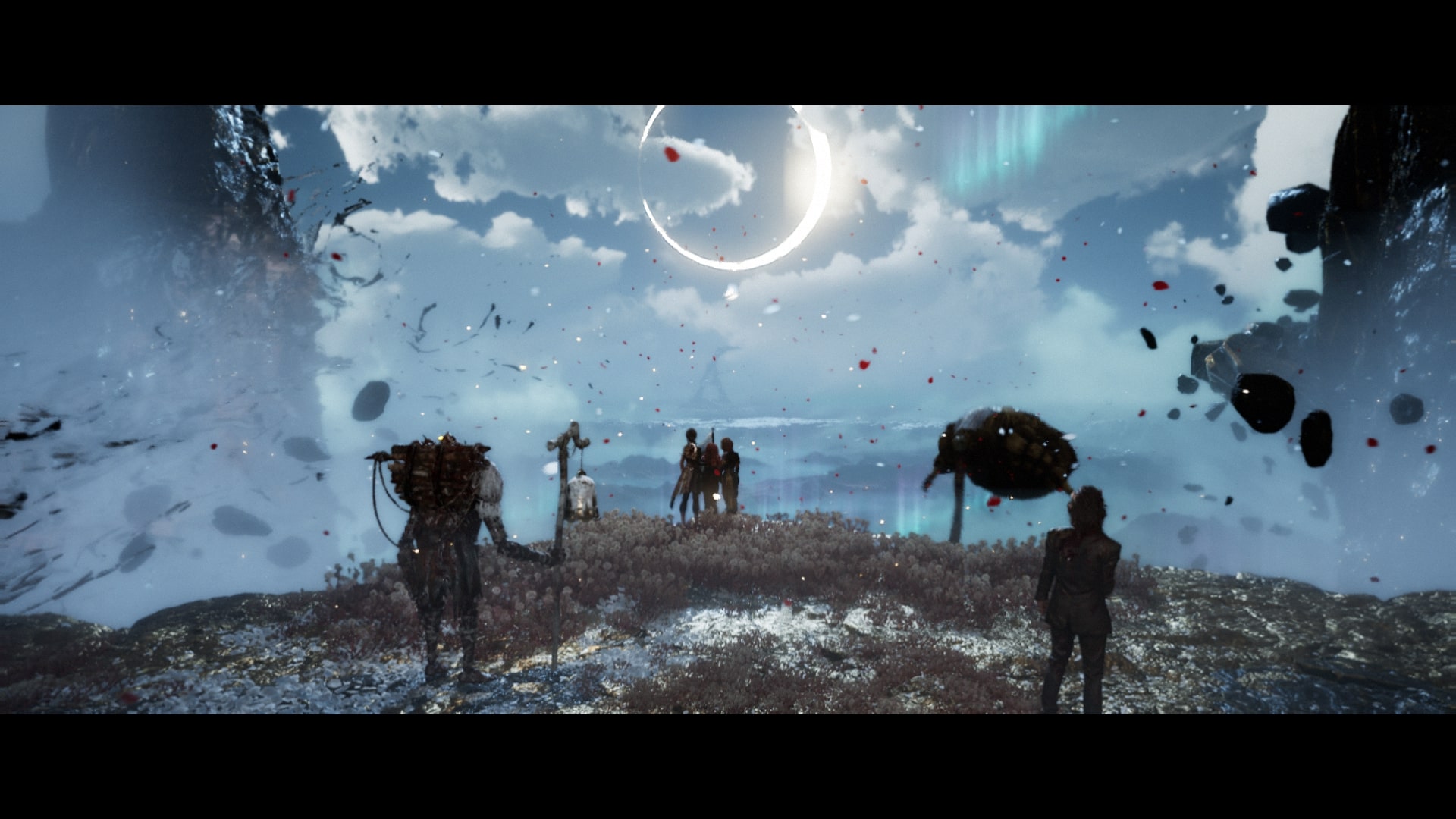With regards to explaining the ending of Clair Obscur: Expedition 33, it is simpler upon getting context from the principle story. As one of many breakout new video games of 2025, there are such a lot of layers to Sandfall Interactive’s gorgeous ode to the finest JRPGs that it is arduous to see any of the twists coming – and anybody who’s reached Act 2 can let you know that there are loads of them.
In the event you’re feeling fuzzy on the ins and outs of Lumiere and the Continent, worry not. This whole information to Clair Obscur: Expedition 33’s endings and essential story may have you telling your doppelgangers out of your Dessendres very quickly. I do warn you although: this explainer incorporates a lot of spoilers, so that you would possibly wish to come again as soon as you’ve got at the least began Act 3. Which, oddly sufficient comes after the epilogue. Bizarre, proper? Nicely, it simply will get weirder. Strap in – this is the complete story of Clair Obscur: Expedition 33.
Clair Obscur: Expedition 33 story defined
Clair Obscur is a framed narrative – actually. By the beginning of Act 3, you will have found that Clair Obscur: Expedition 33’s whole essential story takes place not in the true world, however in a Canvas. The Canvas shops a chunk of the real-world Verso’s soul, which is the one surviving a part of him following his dying in a hearth on the Dessendre household house. He rescued his sister Alicia in doing so, although the hearth disfigured her for all times.
Actual Verso’s dying traumatized his mom, Aline, however with the Dessendres’ means to color whole worlds into being, she took refuge in Verso’s Canvas. There, she lived out a false, idealized life, utilizing a magical substance referred to as chroma to create painted variations of her beloved members of the family – which is the place our doppelganger protagonist Verso is available in.
Aline’s husband Renoir – the true essential antagonist of Clair Obscur: Expedition 33 – then entered the Canvas to attempt to pull Aline out of it and again into the true world, the place battle had damaged out between two factions of reality-bending supernatural creatives referred to as Painters and Writers.

Quickly after, Alicia’s sister Clea requested her to comply with Renoir into their late sibling’s Canvas and assist him put an finish to Aline’s fantasy. However as quickly as she entered the Canvas, she was overwhelmed by her mom’s chroma, inflicting Alicia to be reborn on this painted world as Maelle. The Alicia, Verso, and – till Act 3 – Renoir we meet whereas exploring The Continent are painted facsimiles of the household, re-created by Aline within the Canvas to maintain her firm.
Stripped of her reminiscences as Alicia, Maelle lived amongst Aline’s different creations in Lumiere, an remoted metropolis the place the oldest members of the inhabitants perish annually in an occasion referred to as the Gommage. The folks of Lumiere blame The Paintress – who is definitely Aline – for this annual tragedy, as she paints a quantity on a monolith annually with the corresponding age of those that will Gommage subsequent. In reality, Aline is attempting to avoid wasting as lots of the Canvas’ residents as potential whereas Renoir tries to Gommage all of them.
As soon as Maelle recovers her reminiscences as Alicia in Act 3, having stopped the Gommage by defeating The Paintress and thereby sending her again to the true world, Alicia/Maelle units off on a quest to rebuild the world as a Paintress herself. Solely now, she should cease her father, the actual Renoir, from breaking the Canvas completely.
Up till Act 3, you will have recognized him as The Curator – however sure, the painted Renoir we defeated earlier in Act 2 is a doppelganger, created by Aline to guard her as The Paintress, whereas the true Renoir is The Curator. Given how The Curator rescued Maelle when Expedition 33 was attacked by painted Renoir upon arrival at The Continent, the threads all join.
What’s the Gommage actually for in Clair Obscur: Expedition 33?
The Gommage will not be truly The Paintress’ doing, however her husband, Renoir’s. Act 3 reveals how Lumiere and all of its residents have been created with chroma by Aline, aka The Paintress. By triggering the Gommage to cleanse the world of its oldest residents annually, Renoir prevents chroma from being returned to Aline upon their pure deaths.
With the inhabitants quickly getting youthful and youthful, human procreation would finally not be potential if this methodology carried ahead. Renoir’s plan was to basically rob Aline of paint to work with. No chroma, no portray, no extra motive to remain in Verso’s Canvas. This makes the numbers she writes upon the monolith not a risk, however a warning.
It is also price noting how totally different entities within the Canvas have been created by totally different members of the Dessendre household. Aline painted people, Verso created the Gestrals (Monoco was based mostly on his real-world canine), and the Nevrons have been Clea’s doing, which is why they check with her as Mistress. Each human killed by Nevrons has their essence handed to Renoir, serving as one other mechanism to assist her father siphon chroma from Aline. Lastly, Renoir painted the Axons as his personal interpretations of the Dessendre household, and it is solely by defeating every one that the Expedition is ready to breach the barrier on the monolith to succeed in The Paintress
Clair Obscur: Expedition 33 endings defined

The ending of Clair Obscur: Expedition 33 includes a selection: shield or destroy the Canvas by siding with Maelle or Verso respectively.
Verso needs to interrupt the Canvas for good, releasing the final remnant of the true Verso’s soul from this false half-life and sending Maelle again to their household in the true world so the Dessendres can lastly confront their collective grief as an alternative of portray over it. Which means all the things contained in the Canvas, together with all of the painted Expeditioners we’ve come to know on our journey, will stop to exist.
Maelle needs to avoid wasting the Canvas and reside in Lumiere perpetually, having bonded so carefully together with her new buddies that she views their lives each bit as actual as her personal exterior the Canvas. This ending sees Maelle develop into the de facto Paintress, persevering with the cycle of avoidance her mom started.
In the event you combat as Maelle on the finish of Clair Obscur: Expedition 33, you could kill Verso. The identical is true the opposite manner round, as neither of them can settle for the choice.

Combating as Verso unlocks the A Life to Love ending. Right here, we see the Dessendre household unite at Verso’s grave in the true world following the Gommage of all our companions within the Canvas. Because the household turns to go away, Alicia sees a ultimate glimpse of her fallen compatriots as they as soon as once more fade away for good.
Conversely, preventing as Maelle unlocks the A Life to Paint ending. Right here, she holds Verso in her arms as he Gommages on the finish of the battle, earlier than a cutscene brings us to a live performance corridor in Lumiere. As a supposedly re-painted Verso takes the stage, he catches Maelle watching him from the gang. Her eyes are painted over in swimming pools of blue and silver chroma, a lot as their dad and mom and sister’s eyes have been in the course of the epilogue, and Verso reluctantly begins to play the piano – simply as he promised he would earlier within the recreation.
So, is there an excellent or unhealthy ending in Clair Obscur: Expedition 33? Whether or not you select to avoid wasting break or inhabit the Canvas on the finish of the sport, the tone remains to be extraordinarily bittersweet. It in the end is determined by whether or not you consider the folks within the Canvas are actual, sentient individuals who should reside, or the product of an escapist fantasy. Although by the sounds of it, Maelle simply takes over as The Paintress in Verso’s Canvas in case you aspect together with her, manipulating lives as she goes.
Try all of the upcoming PS5 video games set to launch in 2025 and past

